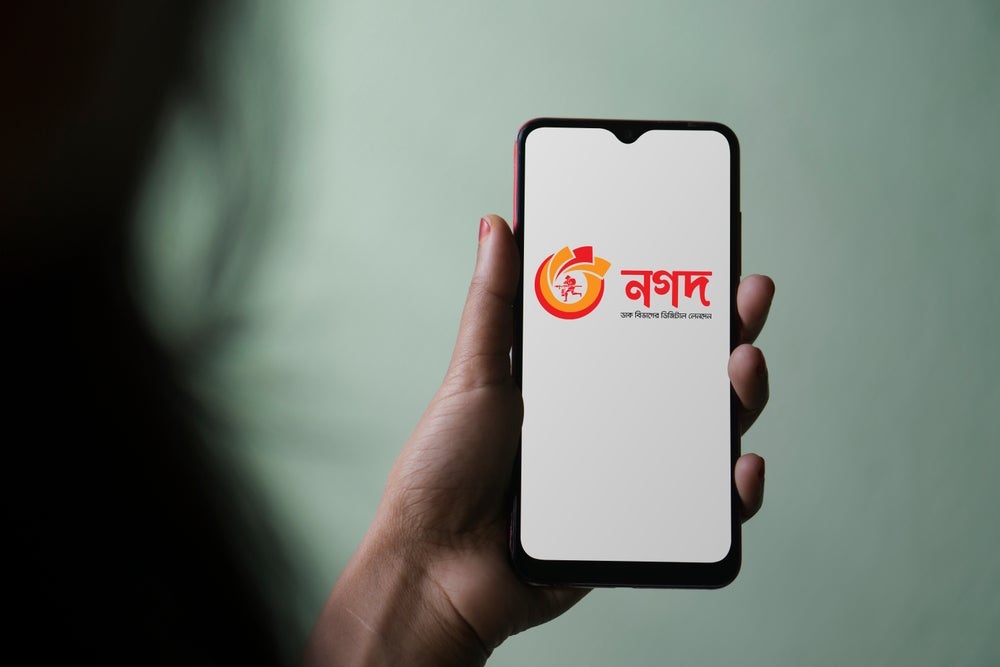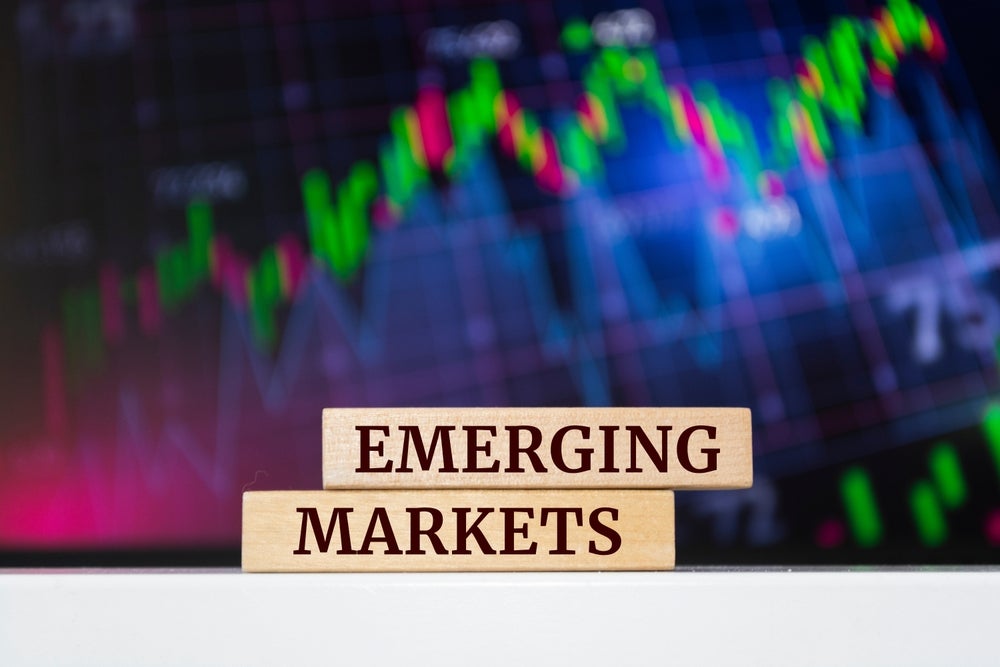A recent mobile payments trial held in India by global
banking giant Citi has been hailed as a success by the bank,
although the limited availability of compatible mobile phones has
been identified as a challenge to overcome. But some industry
analysts are questioning the results of the trial, as Victoria
Conroy reports.
India was the staging ground for a
recent mobile payments trial undertaken by global banking giant
Citi, and initial results appear to be positive proof that there is
clear market demand for contactless near-field-communication (NFC)
technology.
Covering 250 merchant locations in
Bengaluru, the six-month project represented the largest mobile NFC
proximity payment trial of its kind to date. Eligible Citibank
customers wishing to sign up for the trial had to purchase their
own Nokia 6212 NFC-enabled mobile handset in order to
participate.
Data collated from the trial found
that in total, 43,257 contactless mobile transactions were
conducted for a total value of INR26.04m ($570,000), and according
to global payment research consultancy Edgar Dunn & Co, the
trial is a “watershed event” in the history of mobile financial
services and illustrates a clear demand for mobile proximity
payments.
More importantly, said Edgar Dunn,
the project provided proof of positive growth in transaction
volumes. Customers who were solicited to take part in the offer –
and especially those who joined without being solicited –
transacted significantly more (post-launch compared to a similar
pre-launch period) than eligible customers who did not subscribe to
the new service.
How well do you really know your competitors?
Access the most comprehensive Company Profiles on the market, powered by GlobalData. Save hours of research. Gain competitive edge.

Thank you!
Your download email will arrive shortly
Not ready to buy yet? Download a free sample
We are confident about the unique quality of our Company Profiles. However, we want you to make the most beneficial decision for your business, so we offer a free sample that you can download by submitting the below form
By GlobalDataAmong some of the noteworthy
highlights of the Citi trial was that it reported positive customer
feedback on all key fundamentals such as customer interest, usage
and satisfaction. According to Edgar Dunn, the service generated
very high growth rates in overall transaction activity resulting in
a significant increase in total spends, and features such as secure
and hassle-free activation and enhancement in transaction speed
scored positively with customers. Merchant establishments also
polled favourably for the service on its ability to speed up
payments at check-out locations.
“This pilot has shown, once and for
all, that suitably conceived and efficiently implemented NFC
programmes can unlock hidden demand for growth in electronic
payments,” said Samee Zafar, a director at Edgar Dunn who leads the
firm’s advanced payments consulting practice. “NFC technology can
help achieve a long-standing aspiration that has eluded everyone so
far – migrating cash transactions to electronic means.”
Challenges to
overcome
Over 3,000 mobile phones were sold
and there was a waiting list of people who wanted to participate in
the project but were unable to buy the handset, even though most
customers already owned and used more advanced smartphones.
The Nokia devices used in the Citi
project were generally perceived as clunky and outdated, according
to Edgar Dunn, and it is this lack of suitably-enabled equipment
availability that stands in the way of further growth of mobile
payments. Until this issue is resolved, it is unlikely that any
large-scale commercial roll-outs of NFC technology will take
place.
Edgar Dunn’s report on the Citi
trial stated: “Instead of enabling only a few handset types with
NFC, there needs to be a concerted commitment from device providers
to include NFC as a regular feature on all types of mobile
phones.”
Edgar Dunn is also calling for the
creation of an industry forum “that actively engages all players to
ensure that there is a co-operative and concerted effort to develop
an interoperable open payments environment”. Following on from
this, the eco-system must be expanded to incorporate multiple banks
and service providers, thus giving customers more choice and
enhancing service usage.
However, the Citi trial has come
under close scrutiny from technology and payment consultancy
Gartner, with one analyst, Kristin Moyer, arguing that the data
released fails to support claims made by Citi and Edgar Dunn about
the success of the project.
Noting that 43,257 transactions
were made over the six-month period, Moyer says the numbers fail to
back up the assertions.
“Assuming this is approximately 180
days, that means somewhere around 240 mobile payments occurred per
day,” said Moyer. “With 250 participating merchants, this comes out
to <1 transaction per day per merchant.”
Moyer pointed to the roll-out of
NFC technology in Japan, which is often cited as a template for
successful payment technology programmes. Japanese consumers are
estimated to make 1.8 contactless retail transactions per month per
contactless device, and 4.7 customers make a contactless
transaction on each contactless POS terminal per day.
“This is not yet a success story,”
said Moyer. “The estimates for the Citi trial in India and the
Japanese market do not imply that adoption is insignificant, but
they do not back up the success stories depicted.”
In 2009 Gartner estimated that the number of people globally
making payments through their mobile phones would rise from 43.1m
in 2006 to 73.4m in 2009, a rise of 70%. By 2012, Gartner predicted
that the number of people making mobile payments would hit 190m, or
more than 3% of total mobile users globally.








